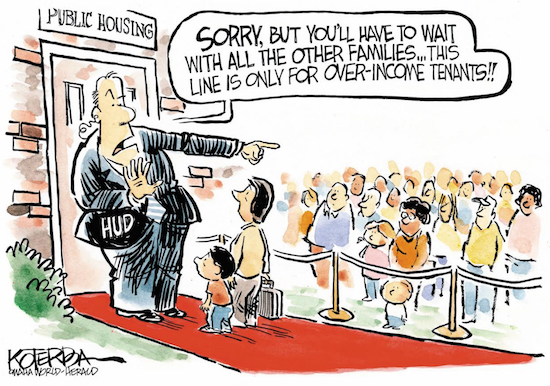OPINION: Brooklyn and Queens need more affordable housing, here’s how to start

Brooklyn and Queens, in many ways, are symbolic of New York City’s recent citywide success. Both boroughs have undergone a sustained period of urban renewal and new growth, leading them to become truly global destinations. In order to make that growth sustainable, elected officials at both the local and city level must continue to prioritize the preservation of existing and development of new affordable housing — and that begins with increased collaboration between the public and private sectors.
The clear lack of affordable housing in both boroughs has likely been exacerbated by the borough’s growth in recent years. A new report released by state Comptroller Thomas DiNapoli details many of the persistent housing challenges facing the 5 million people who call Brooklyn and Queens home.
These challenges are best exemplified by statistics on rent burden rates. To qualify as rent-burdened, a household must spend more than 30 percent of its income on rent. In Brooklyn, more than half of all households qualify — and a full third are severely rent-burdened, meaning that they devote 50 percent or more of their income on rent. In Queens, 56 percent of renters are rent burdened, and a staggering 40 percent of seniors pay 50 percent or more on rent. These figures have risen considerably in recent years, which means that more work needs to be done.

Brooklyn Boro
View MoreNew York City’s most populous borough, Brooklyn, is home to nearly 2.6 million residents. If Brooklyn were an independent city it would be the fourth largest city in the United States. While Brooklyn has become the epitome of ‘cool and hip’ in recent years, for those that were born here, raised families here and improved communities over the years, Brooklyn has never been ‘uncool’.